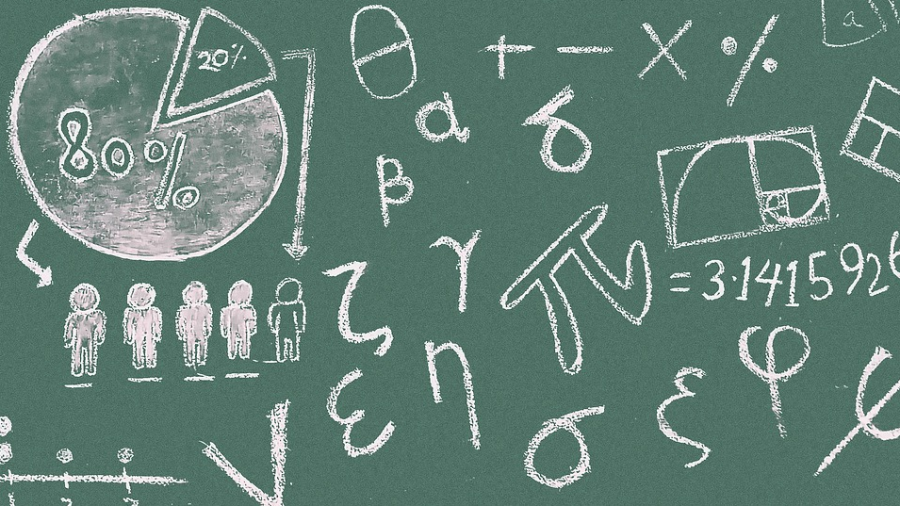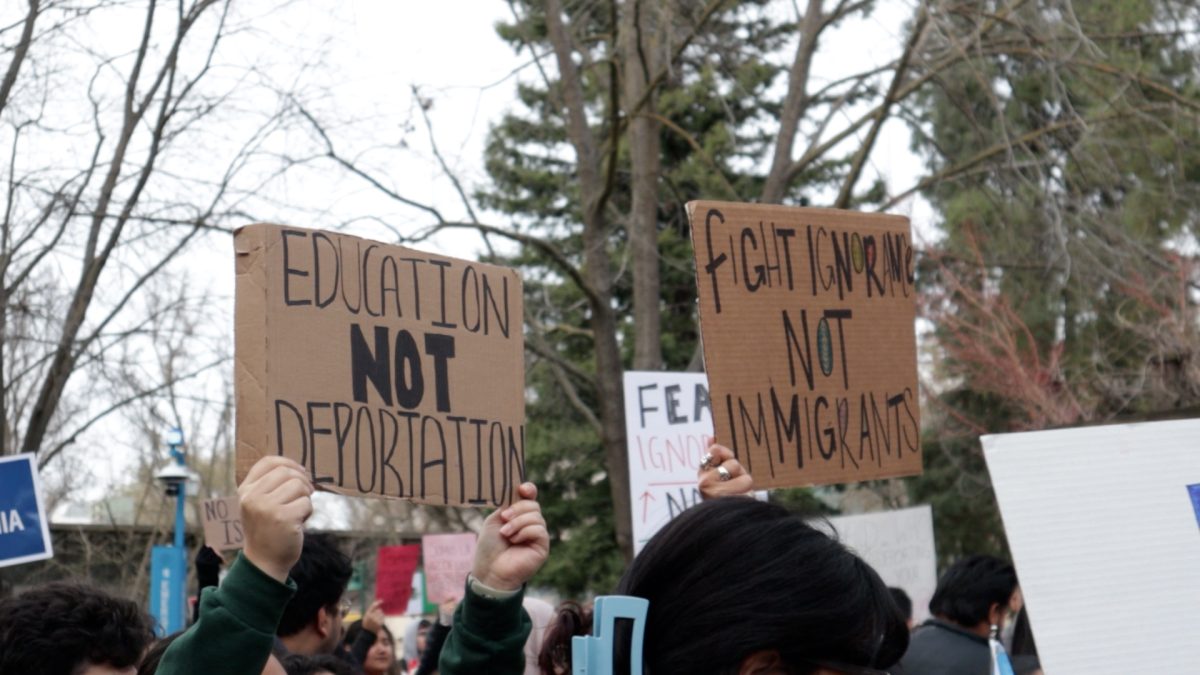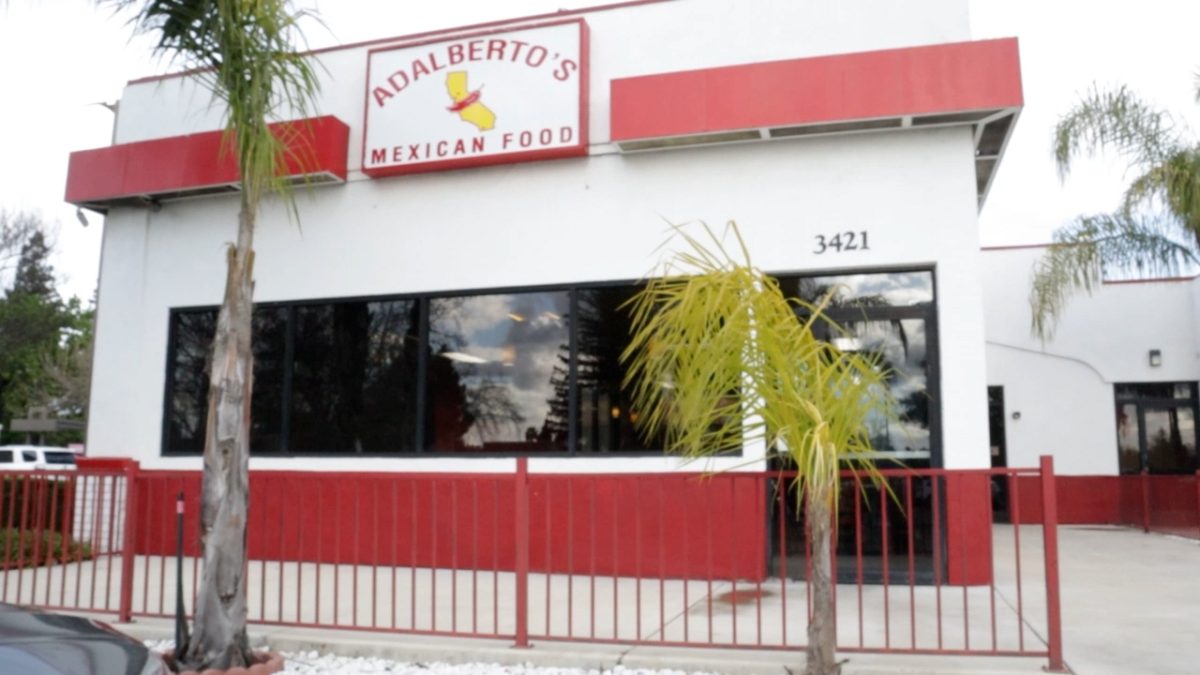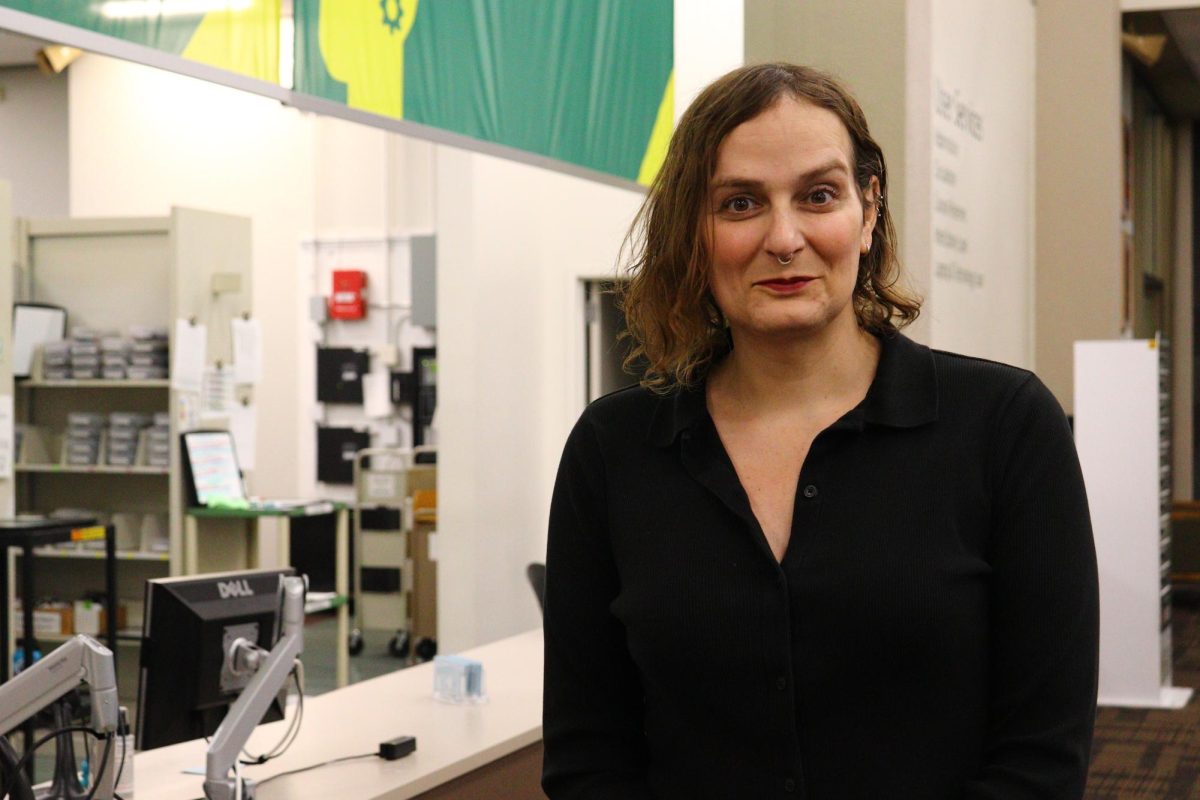A $1.28 million grant will fund the Sacramento Mathematics Readiness Challenge Initiative (SMRCI) over the next two years to help incoming Sacramento State freshmen better prepare for math coursework through a new fourth-year high school math class and further training for instructors.
In addition to providing for better preparedness for incoming freshmen, the SMRCI program aims to build continuity between K-12 schools, community colleges and the University in terms of the teaching methods used for math.
The ultimate goal of the program is to reduce or eliminate the amount of time that students spend in remedial math courses, said Joy Salvetti, the director for Sac State’s Center for College and Career Readiness.
“It’s geared toward a 12th grade experience, but then a big part of the funding is going to go toward professional development for teachers and administrators,” Salvetti said.
According to the 2016 California Assessment of Student Performance and Progress (CAASPP), 73 percent of 11th grade students in the Sacramento City Unified and San Juan Unified school districts are not ready for college-level math.
The new high school course being developed with the grant money will begin for 23 SCUSD and SJUSD schools in the 2017-18 academic year, with teachers participating in training over summer 2017.
“The magic comes in the way it’s taught, and that’s a big shift for all of us,” Salvetti said. “The course is an opportunity for students to really think about math differently and to really see its relevancy. It’s not so you can balance your checkbook, it’s beyond that.”
The course will aim to reinforce a deeper understanding of math, a focus on team learning, an emphasis on practical or real-life applications, the use of project-based learning and to inspire students who don’t see themselves as “math people.”
Specific subject matters will include team building and problem solving, linear, quadratic and exponential functions and financial math.
Salvetti added that not only is the purpose of this fourth-year high school math course to help students continue doing math as opposed to not doing any for a year, but it’s also aimed at helping students learn math in new ways.
“Part of this course, there’s journal writing,” Salvetti said. “There’s a lot of reflection by students on what they just did and what they just learned. There are daily exit slips. So, every day after a lesson, they’re reflecting. And then through what they’re actually doing, they see how applicable it is in their everyday life.”
When it comes to students returning to college after some time away,there’s a realistic level of material that will naturally be forgotten by students, and so some remedial math courses could be expected, said Kimberly Elce, a Sac State professor who is part of the professional development team for the training aspect of the SMRCI program.
However, she said that even for those students, the new way of teaching math will help.
“I strongly believe that if you’re in a course where you are problem-solving and making connections, then that timeframe that you’re going to remember that stuff — even if you don’t remember the details, just the thought process — I think you’re in much better shape than somebody who’s just doing the standard learn this, learn this, learn this,” Elce said.
Money was awarded to five colleges, four of which are in the CSU system, according to a press release.
Though the five colleges are developing separate programs, the end goal will be for the state to evaluate each program’s outcomes to see whether an individual or a combination of several programs could be implemented statewide.
Once the programs are implemented at the various campuses and administrators have had some time for data to be collected, the results will be weighed to see if these types of programs should be used across the board.
“Part of the funding is going to go toward a very robust evaluation,” Salvetti said. “The California Department of (Education), who is administering these funds, wants to say, ‘If this works, we may come in and replicate it throughout the state,’ which is our hope.”



































































































































